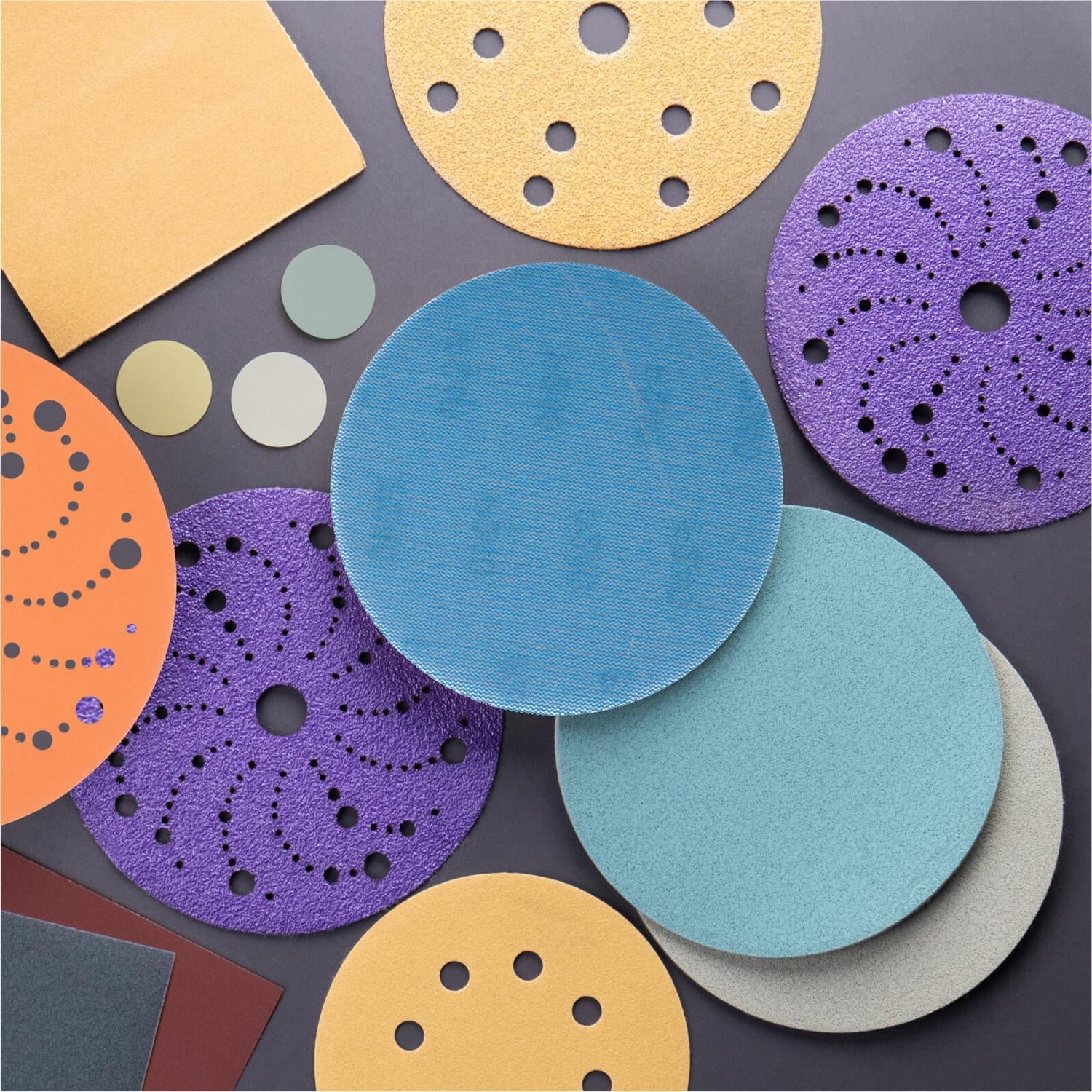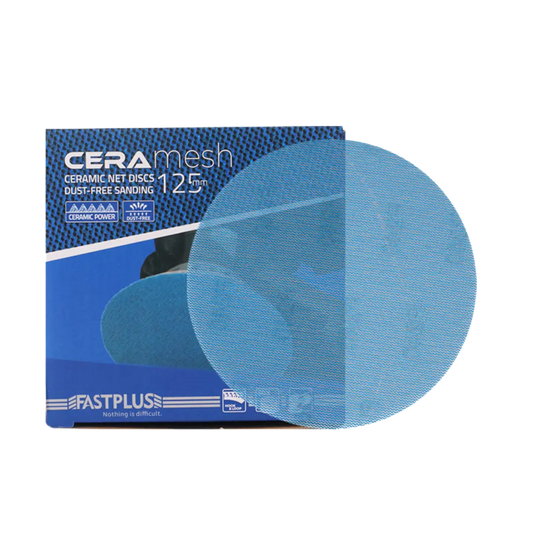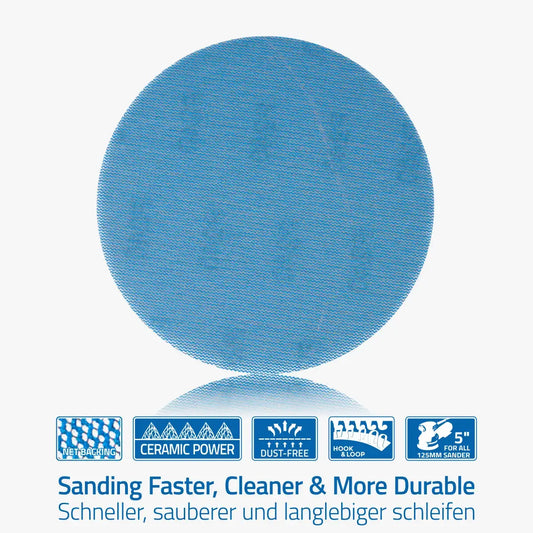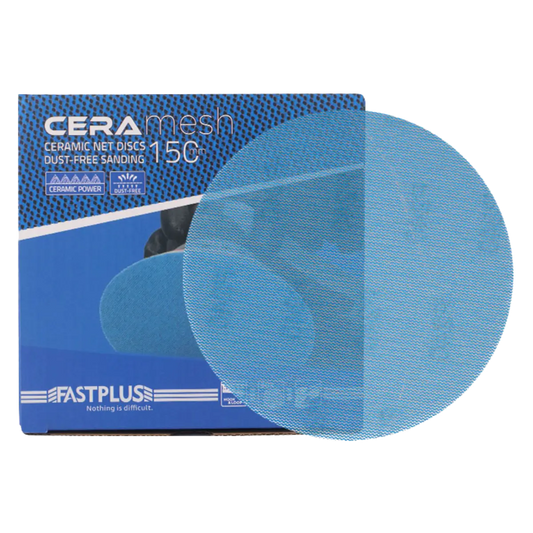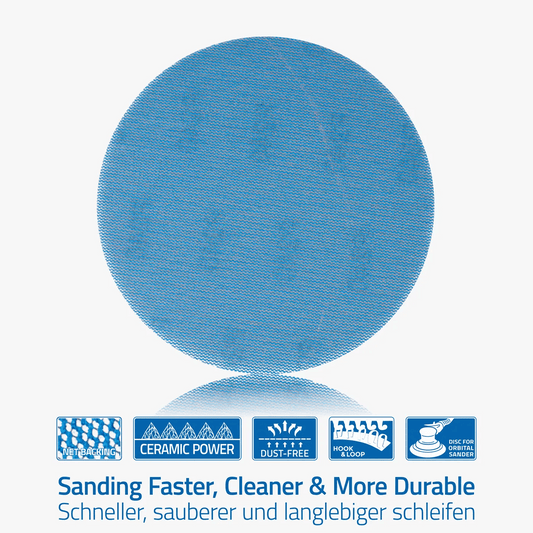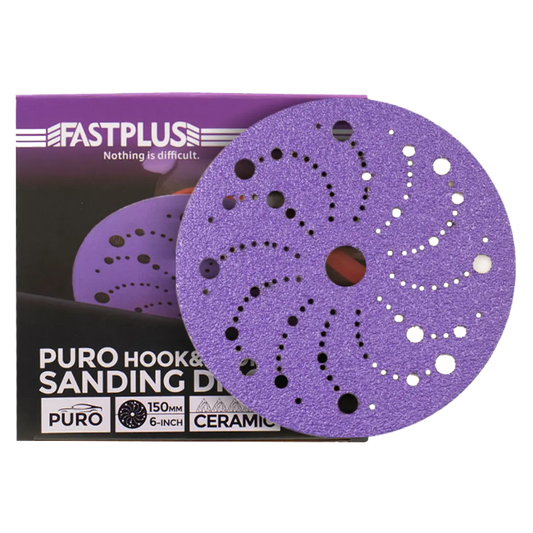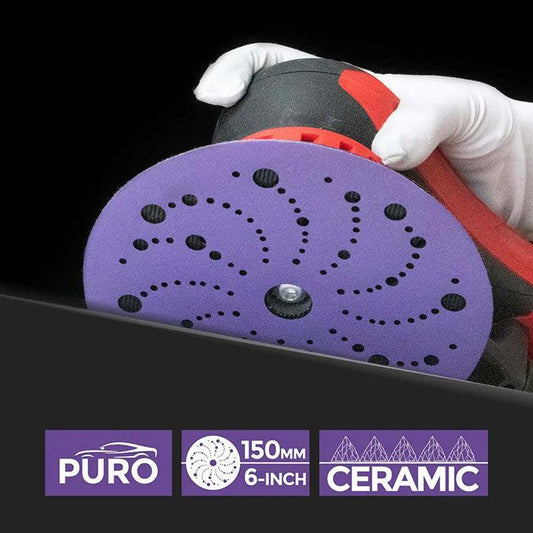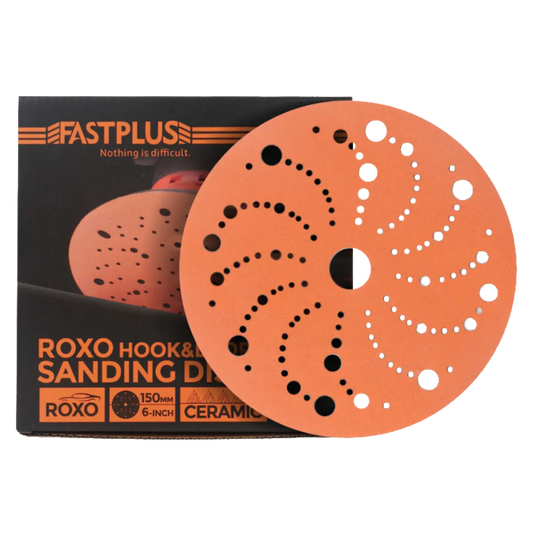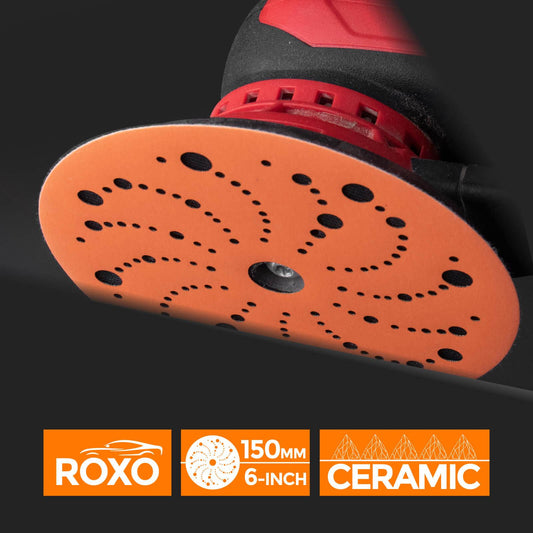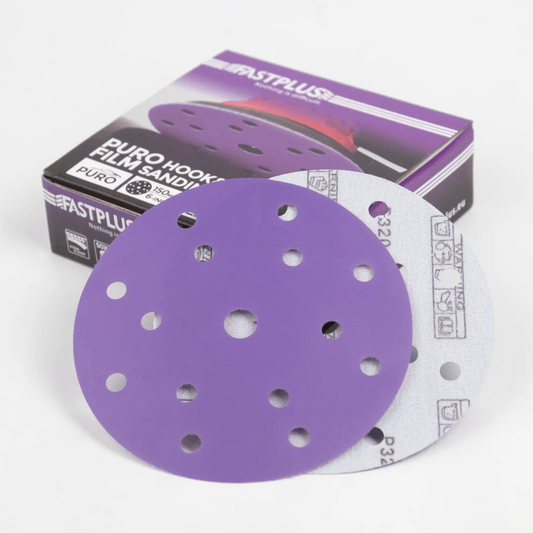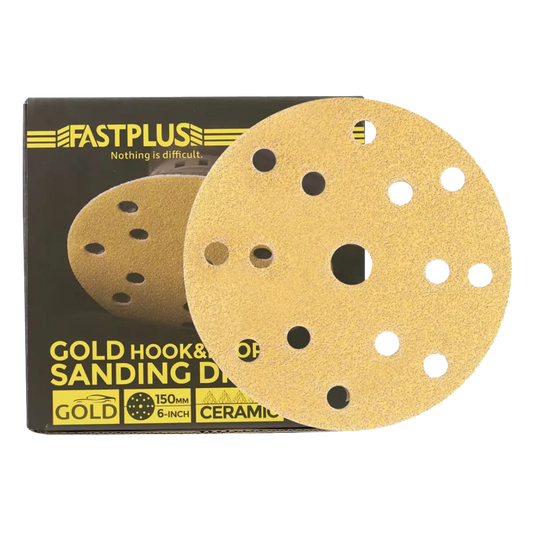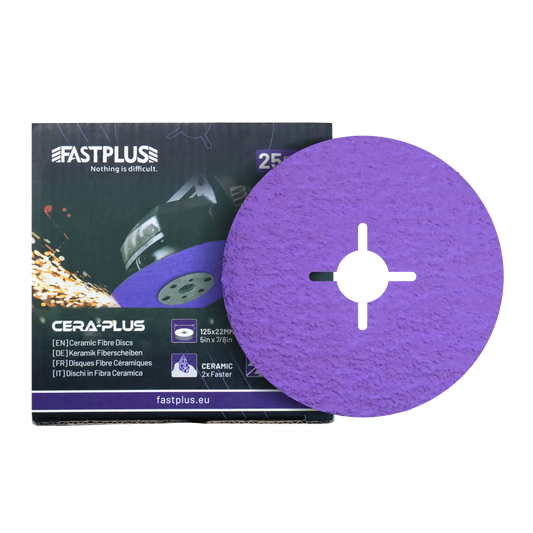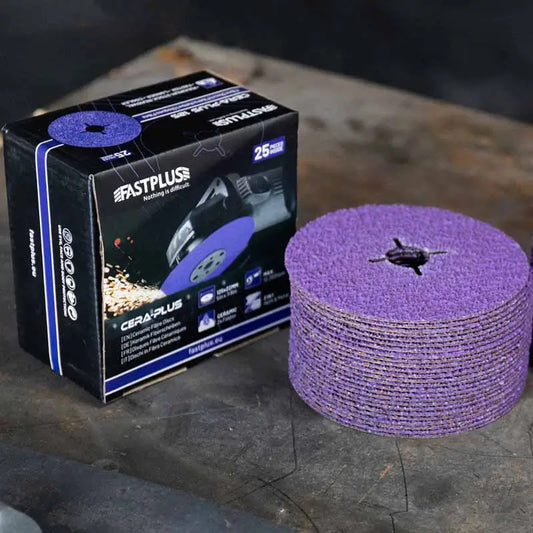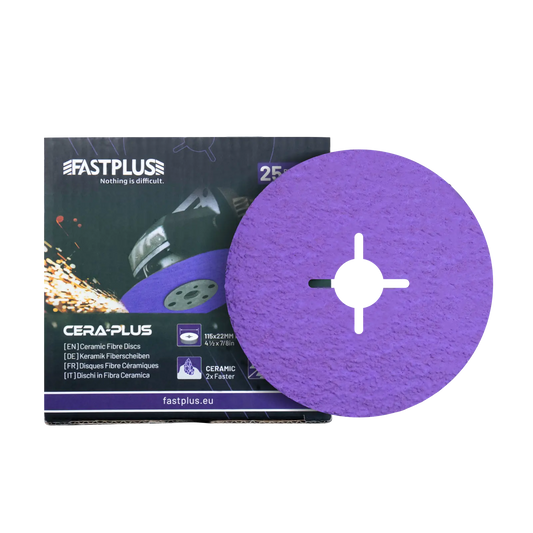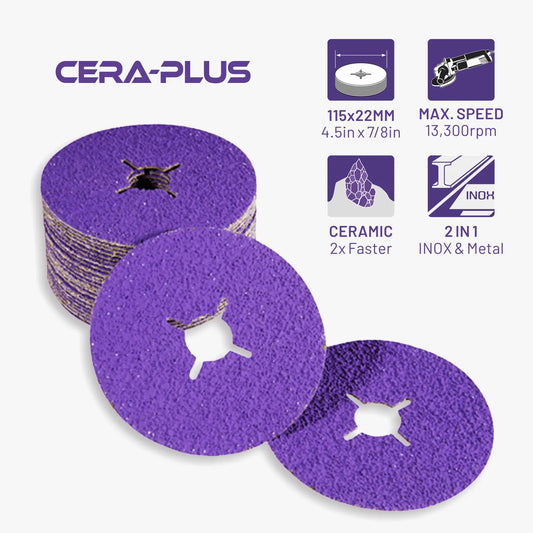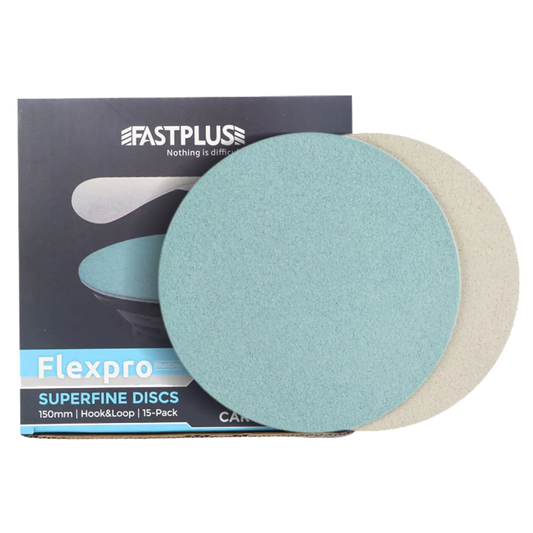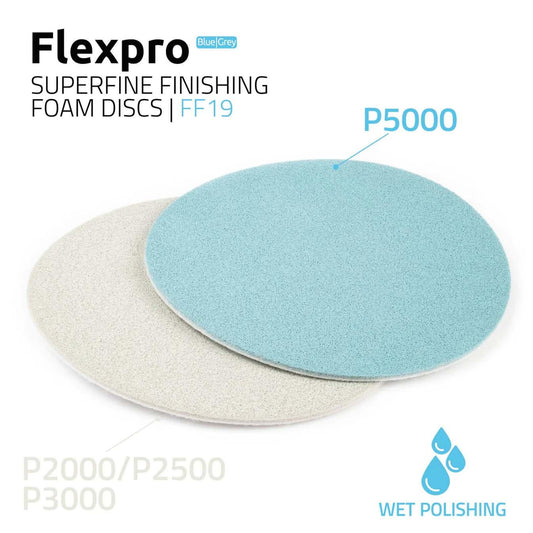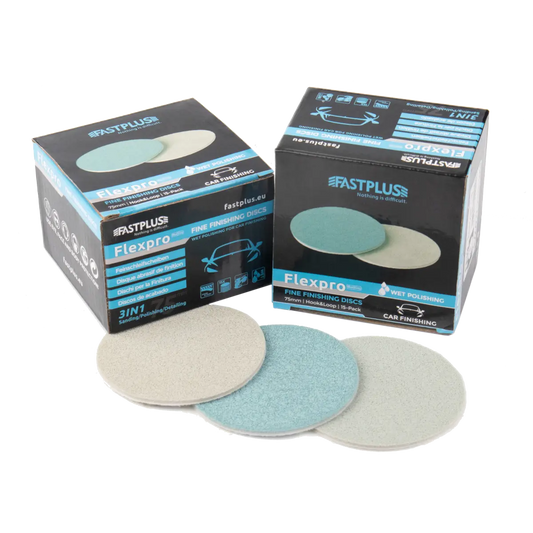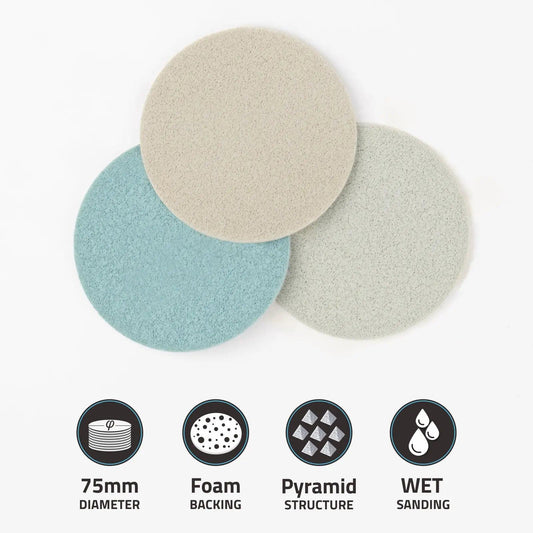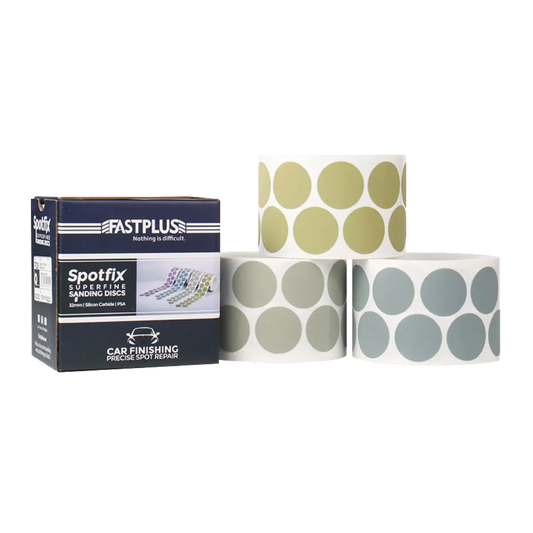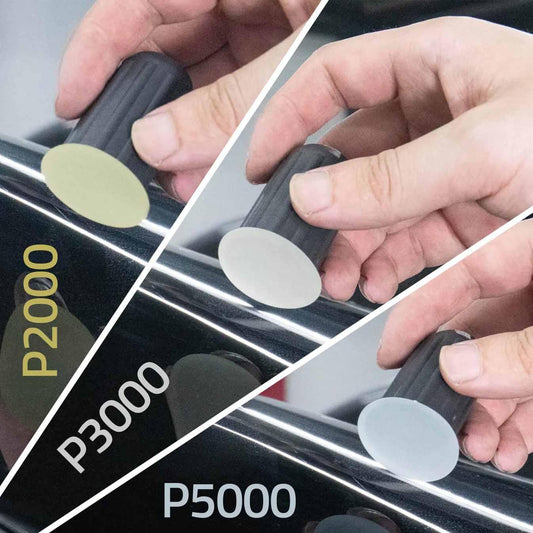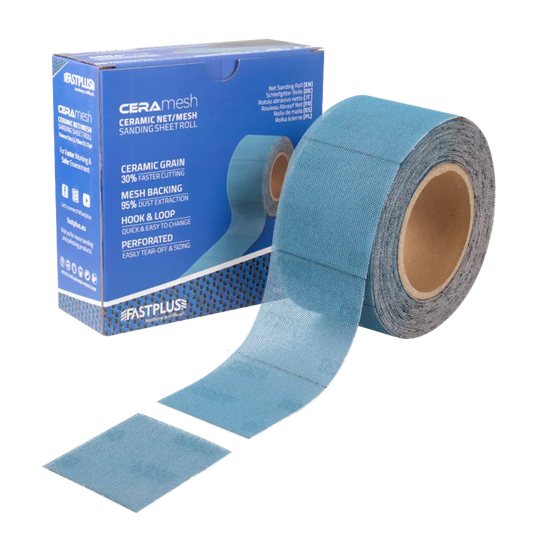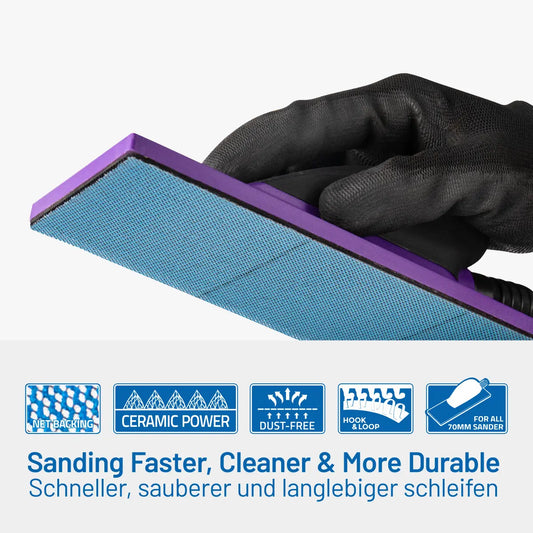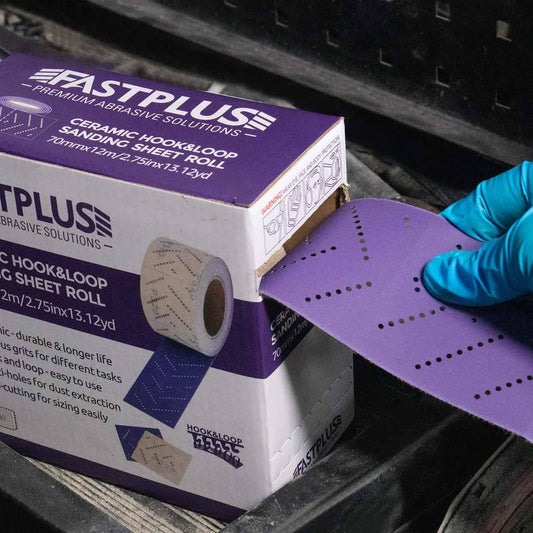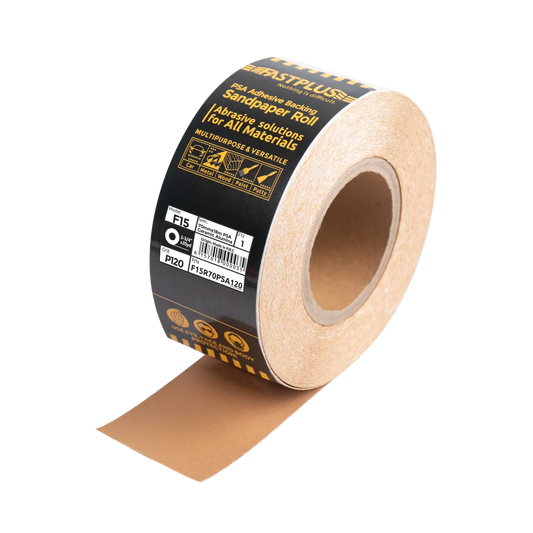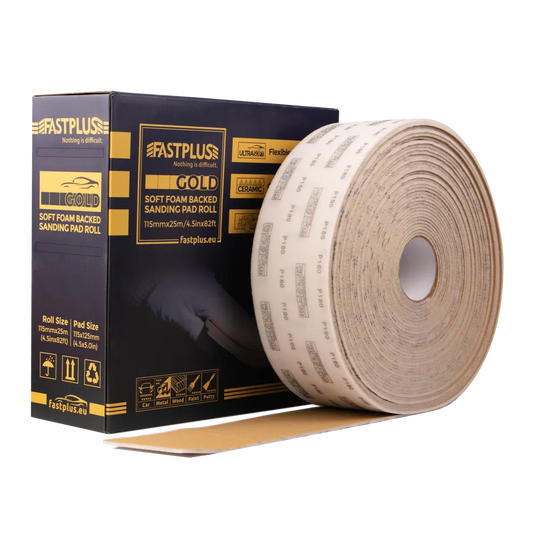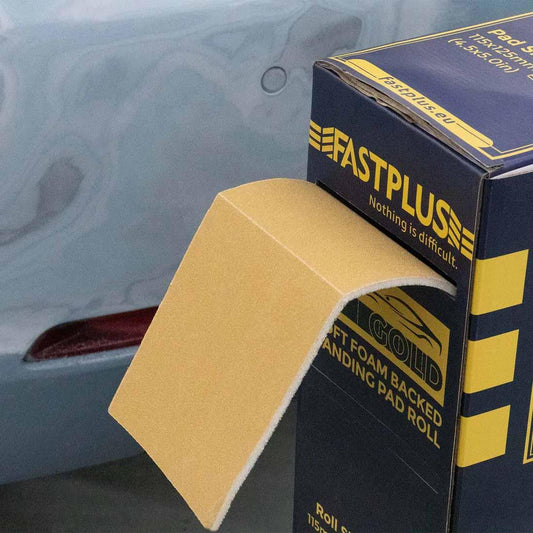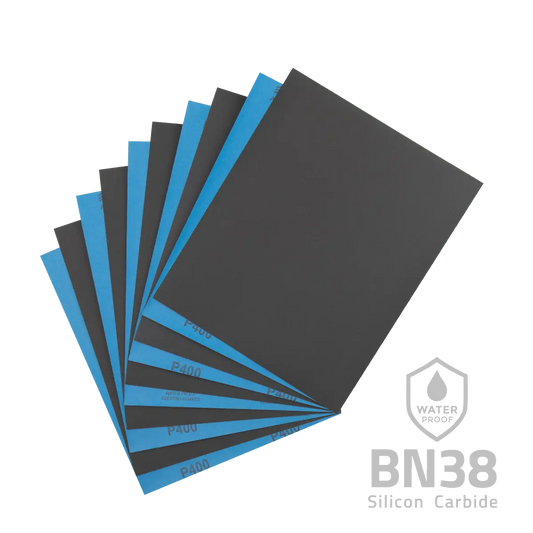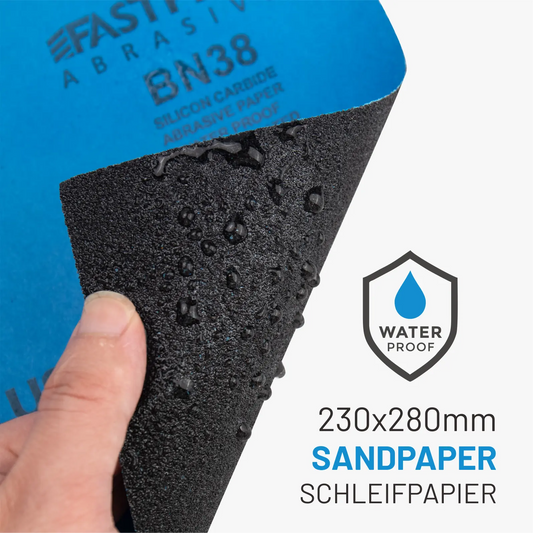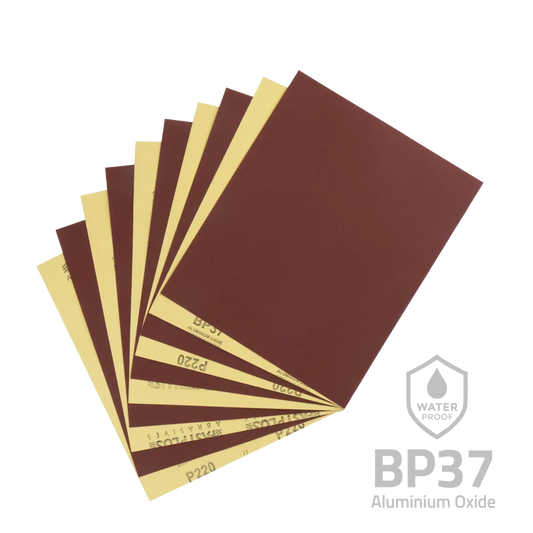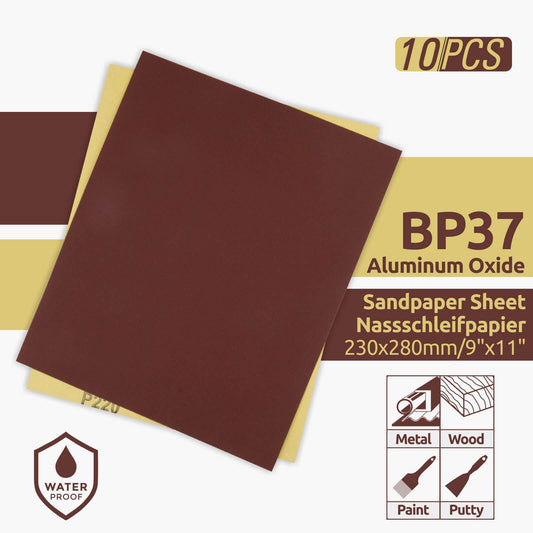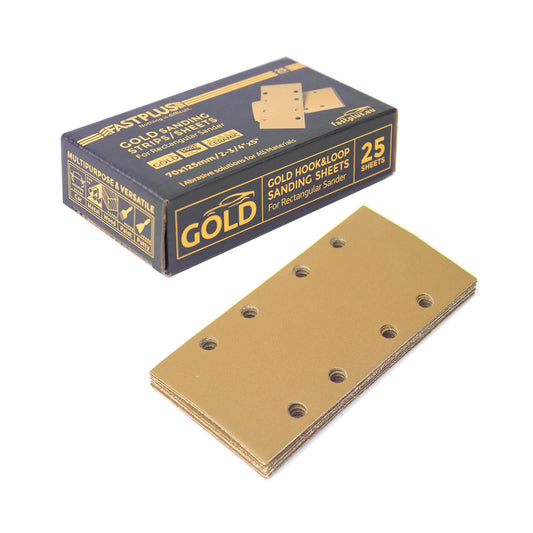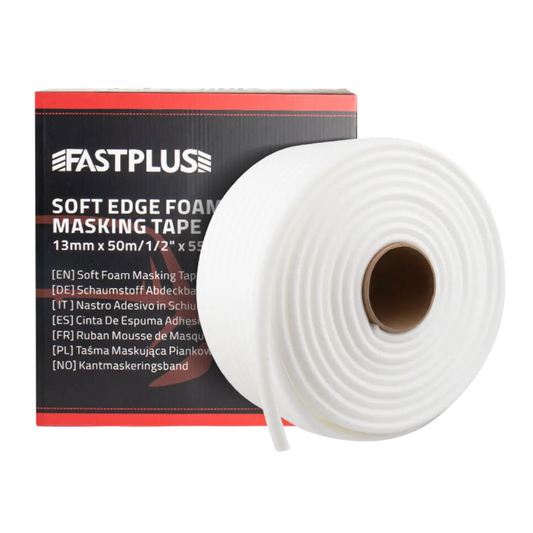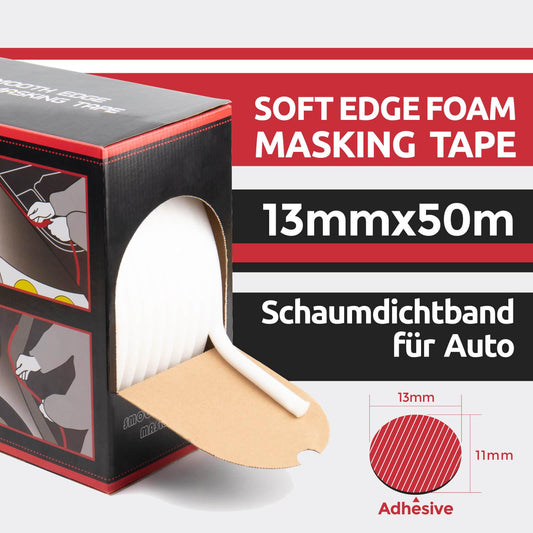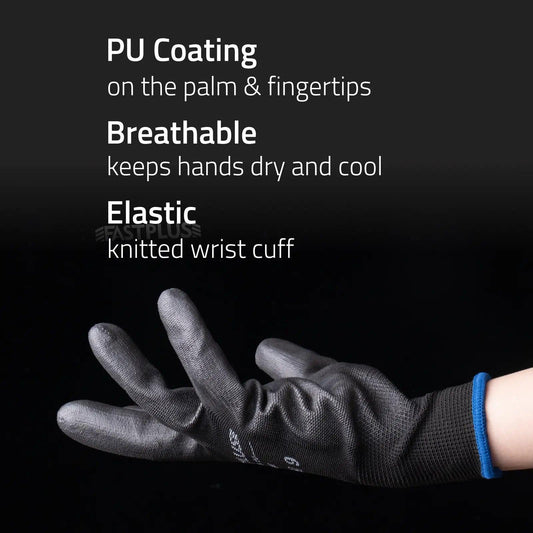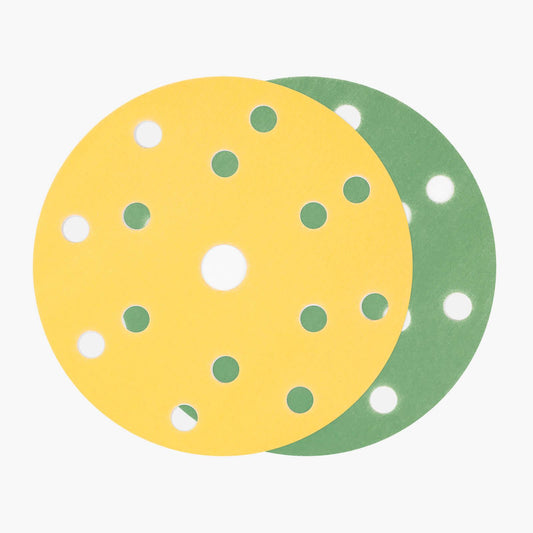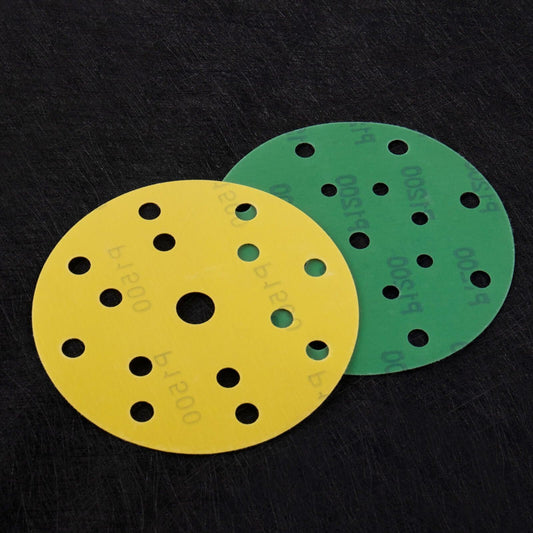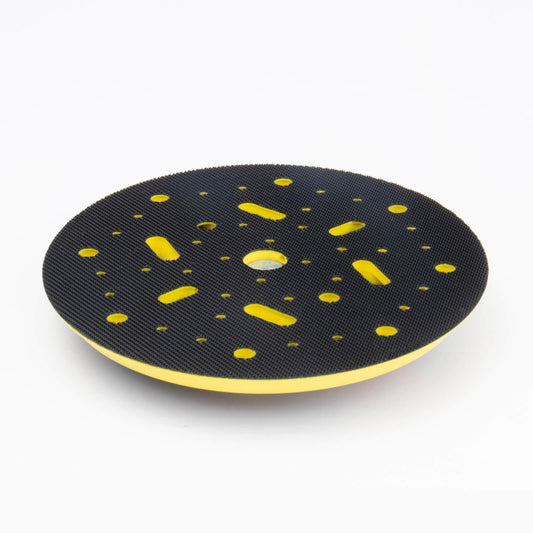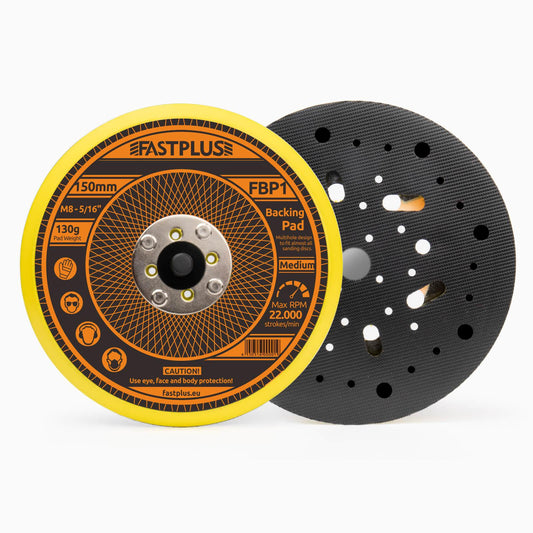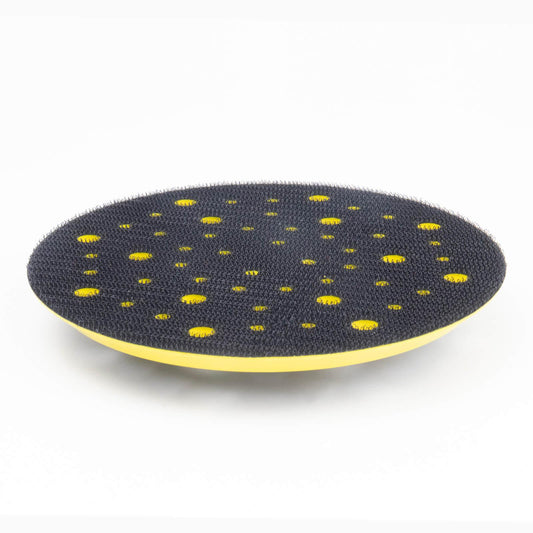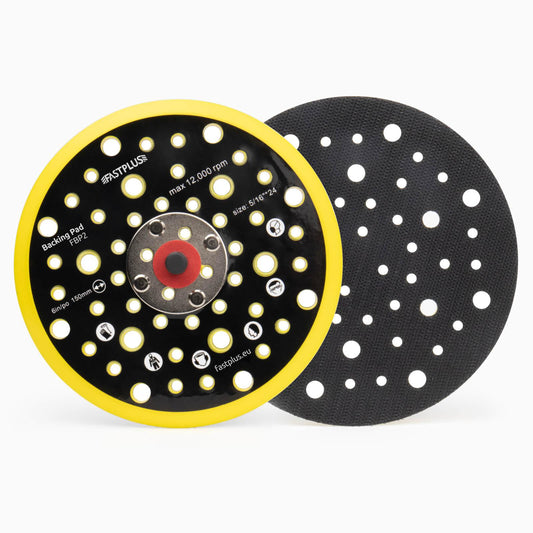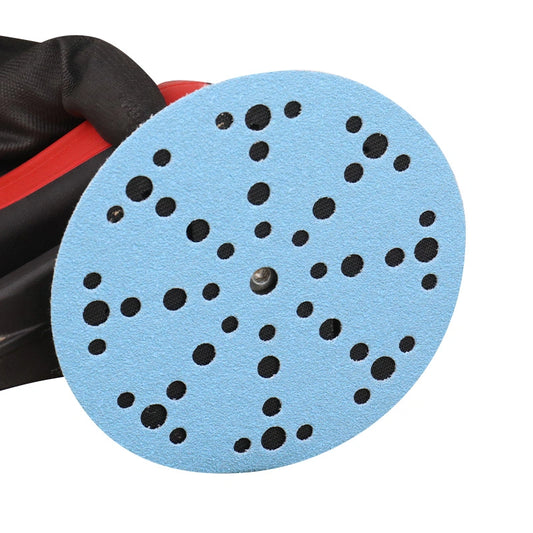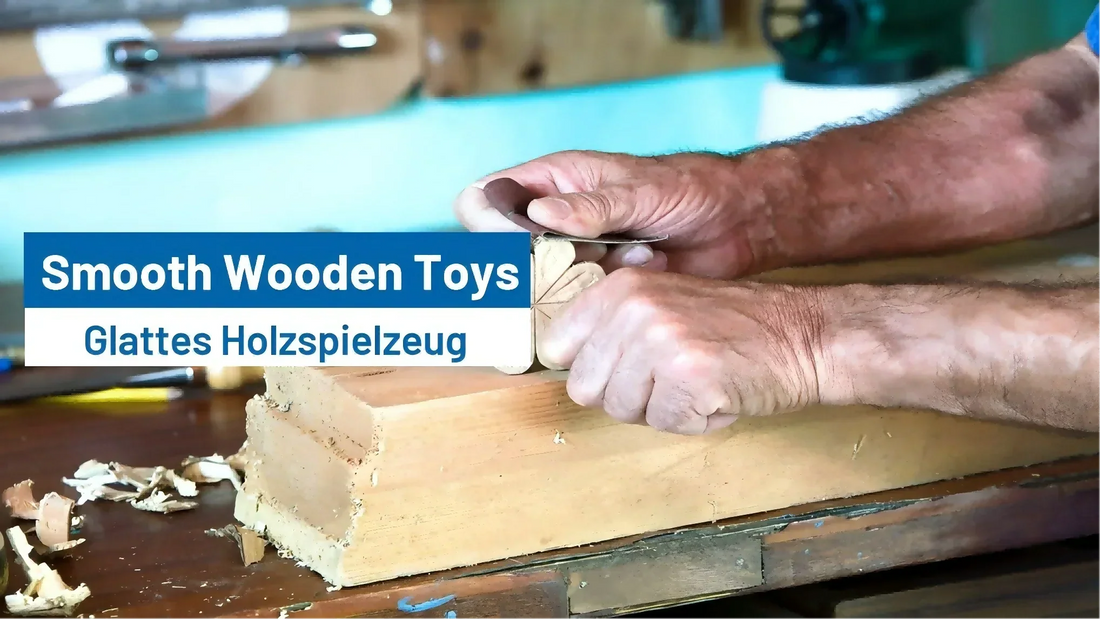
How to Smooth and Polish Wooden Toys?
Wooden toys have a timeless charm that appeals to both children and adults. Their natural textures, durability, and eco-friendliness make them ideal for kids’ play. But raw wood can be rough and may contain splinters, making it unsafe for small hands. That’s why smoothing and polishing wooden toys is an essential part of crafting or restoring them. Whether you’re a DIYer, a toymaker, or a parent looking to refinish a beloved heirloom, this guide will show you how to achieve a silky-smooth, child-safe finish.
Why Smoothing and Polishing Wooden Toys Matters

Before diving into the process, it’s worth understanding why smoothing and polishing wooden toys is so important:
✅ Safety: Prevents splinters and rough edges that can harm little hands.
✅ Aesthetic Appeal: Enhances the natural grain and gives the toy a professional, finished look.
✅ Durability: A well-polished surface resists stains, moisture, and wear.
✅ Hygiene: Smooth surfaces are easier to clean and maintain.
Tools and Materials You’ll Need
To smooth and polish wooden toys properly, gather the following:
🔧 Tools:
- Sanding block or sanding sponge
- Orbital sander (optional for larger items)
- Microfiber cloth or tack cloth
- Soft buffing pad
📦 Materials:
- Sandpaper (grits 80, 120, 180, 240, 400)
- Natural wood filler (optional, for cracks or dents)
- Non-toxic wood polish or wax (e.g., beeswax, linseed oil blend)
- Optional: Wood conditioner or sealer (must be child-safe)
Step-by-Step Process
Step 1: Inspect the Toy Carefully
Begin by examining the wooden toy for any imperfections. Look for:
- Splinters or sharp edges
- Small cracks or gaps
- Rough spots or glue residue
Use a small knife or scraper to gently remove any glue blobs or imperfections.
Step 2: Fill Cracks or Gaps (If Needed)
If the toy has small cracks, dents, or holes, apply a natural wood filler. Choose a non-toxic, child-safe filler and apply it with a putty knife. Let it dry completely according to the manufacturer’s instructions before proceeding to sanding.
Step 3: Start Sanding (Coarse to Fine)
➤ Initial Sanding (80 or 120 grit)
Use 80-grit sandpaper to remove major roughness or imperfections. If the surface is fairly smooth, start with 120 grit.
Wrap the sandpaper around a sanding block for better control, or use a sanding sponge for rounded surfaces.
💡 Tip: Always sand with the grain of the wood to prevent scratches.
➤ Medium Sanding (180 grit)
Once the toy is generally smooth, move to 180-grit sandpaper. This refines the surface and removes any marks left by the coarse grit.
➤ Fine Sanding (240-400 grit)
Use 240-grit or even 400-grit sandpaper for a final smooth-down. This step ensures the wood is silky smooth to the touch—especially important for toddler toys that will come into contact with sensitive skin.
Step 4: Clean the Surface
Use a microfiber cloth or tack cloth to wipe off all the sanding dust. Don’t skip this step—any remaining dust can interfere with the finish.
If you're using a sealer or oil, wait until the surface is dust-free before applying.
Step 5: Apply a Child-Safe Polish or Finish
Now that the wood is smooth, it’s time to polish and protect it.
✅ Natural Oils and Waxes
- Beeswax Polish: Mix beeswax with mineral oil or coconut oil to create a smooth, spreadable polish.
- Linseed or Tung Oil: Look for food-grade or toy-safe formulations.
Apply a thin coat using a soft cloth, rubbing it into the grain. Let it soak in for 15-30 minutes, then buff off excess with a clean cloth.
Repeat for a deeper shine or extra protection. For a high-gloss finish, 2–3 coats are ideal, with light sanding in between using 400-grit sandpaper.
Step 6: Buff and Polish
After your final coat of oil or wax is dry, use a soft buffing pad or cloth to polish the toy. This creates a warm, satiny sheen that enhances the grain without making it slippery.
💡 Tip: Avoid using commercial polishes that contain solvents, synthetic fragrances, or silicone—these are unsafe for children.
Additional Tips for Safe Wooden Toy Finishing

🔹 Use Only Non-Toxic Products
Always check that your oils, waxes, stains, or finishes are labeled toy-safe or food-safe. If in doubt, opt for pure beeswax or unrefined natural oils.
🔹 Avoid Paints with VOCs
If you decide to add color, use water-based or milk paints designed for toys. Let them cure completely before applying a clear top coat.
🔹 Round All Edges
Kids are rough on toys, so be sure to soften all corners and edges. This reduces the risk of injury and prolongs the toy's life.
Common Mistakes to Avoid
❌ Skipping Grits: Jumping from coarse to fine sandpaper leaves scratches behind.
❌ Not Testing Polish First: Always test your finish on a scrap piece of wood or hidden area.
❌ Over-oiling: Too much oil or wax can leave a sticky residue.
❌ Using Unsafe Products: Even small amounts of solvent-based finishes can be harmful to kids.
Optional: Burnishing for a Natural Gloss
For a finish without any oils or waxes, you can burnish the wood.
Burnishing involves rubbing the wood with a smooth, hard object (like a smooth spoon or wooden dowel) after fine sanding. This compresses the fibers and creates a natural, low-luster sheen. It’s a good option for untreated Montessori-style toys.
Maintaining Wooden Toys
Even a well-finished toy may need occasional maintenance.
🧽 Cleaning: Wipe with a damp cloth. Avoid soaking in water.
🌿 Re-oiling: Apply a light coat of oil or wax every 6–12 months.
🧼 Disinfecting: Use a mild vinegar-water solution or toy-safe disinfectant.
Final Thoughts
Smoothing and polishing wooden toys is both an art and a practical task. With a little time, care, and the right products, you can create toys that are not only safe and durable but also beautiful and heirloom-quality. Whether you're restoring an old classic or creating a new handmade toy, this finishing process ensures your wooden treasures can be cherished for years to come. 🌟
Recommended Products for the Job
🪵 Sanding Discs: Try mesh sanding discs for cleaner, clog-free sanding—especially for round or detailed parts.
🧴 Beeswax Polish: Make your own or buy a certified toy-safe version.
🛠️ Sanding Blocks and Pads: Help maintain control and consistency.
FAQs
Q: Can I use a power sander on small wooden toys?
A: For large flat surfaces, yes. But for small toys or details, hand sanding gives better control and reduces the risk of damaging delicate parts.
Q: How long does the finishing process take?
A: It depends on the size and detail of the toy. A small toy can be sanded and polished in a few hours, while larger or more intricate ones may take a day or two.
Q: Is coconut oil safe to use?
A: Yes, if it's food-grade. However, it may go rancid over time unless mixed with beeswax.
Let your creativity and care shine through in every polished wooden toy you make. Safe, beautiful, and full of character—these are the toys kids remember forever. ✨

